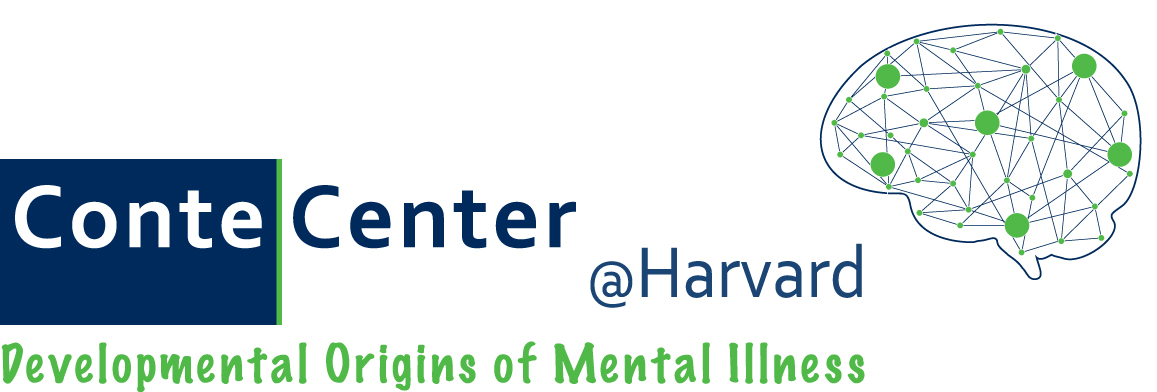Automated Psychiatric Disorder Identification
Pre-synaptic boutons and cell bodies revealed with RC software
Pre-synaptic boutons and cell bodies in the mouse brain imaged using conventional fluorescence microscopy. The red bodies are cells and the green bodies are the boutons. The custom software is able to find the structures of interest. Courtesy of Hensch lab and Research Computing
Courtesy of Hensch lab and Research Computing
A number of brain diseases are associated with changes in the structure of synaptic structures. In particular, psychiatric disorders are present, when the raw count of the number of presynaptic boutons near larger cell bodies changes.
Research computing has been developing novel imaging methods to quantify these changes. Custom imaging software is written, which for a given image set, returns the unique identification of the boutons near cell bodies, throughout the entire image set.
As part of the Conte Center, the Hensch lab is using these methods to help understand psychiatric disorders in rats. It was found that by raising rats in dark, they’re susceptible to psychiatric disorders. Images taken of rats raised with and without light, at high-resolution on a laser-scanning confocal microscope, fluoresce presynaptic boutons in green and cell bodies in red. By running these image sets blind on the custom software, it can be easily identified which rats have psychiatric disorders and which do not.

